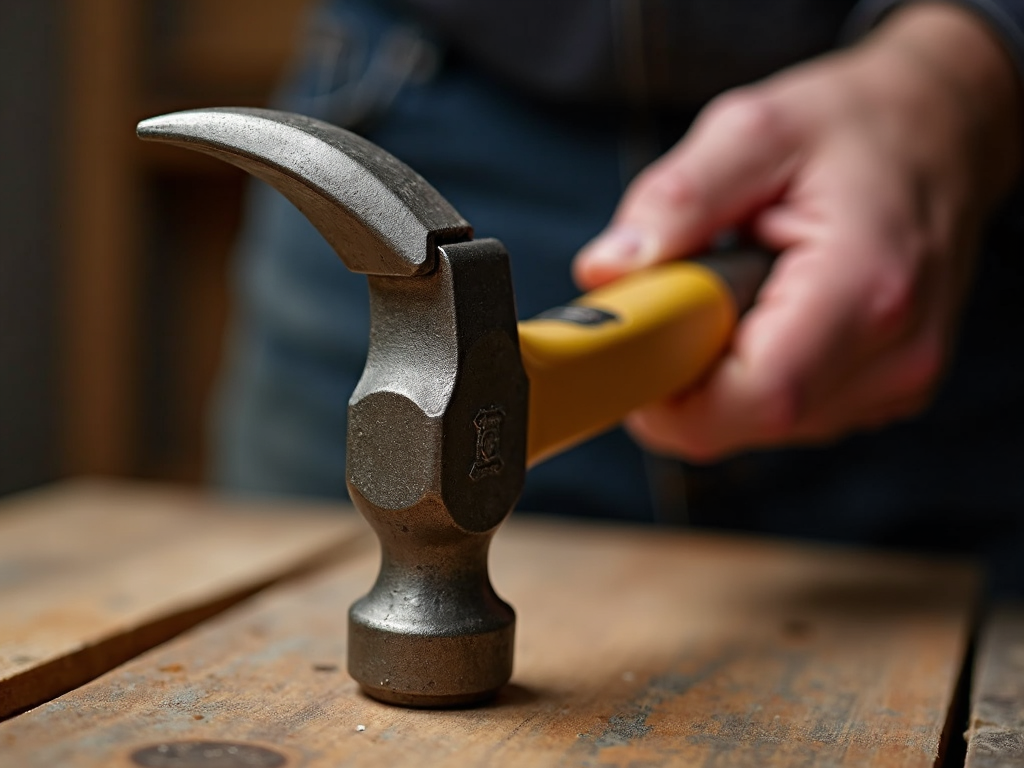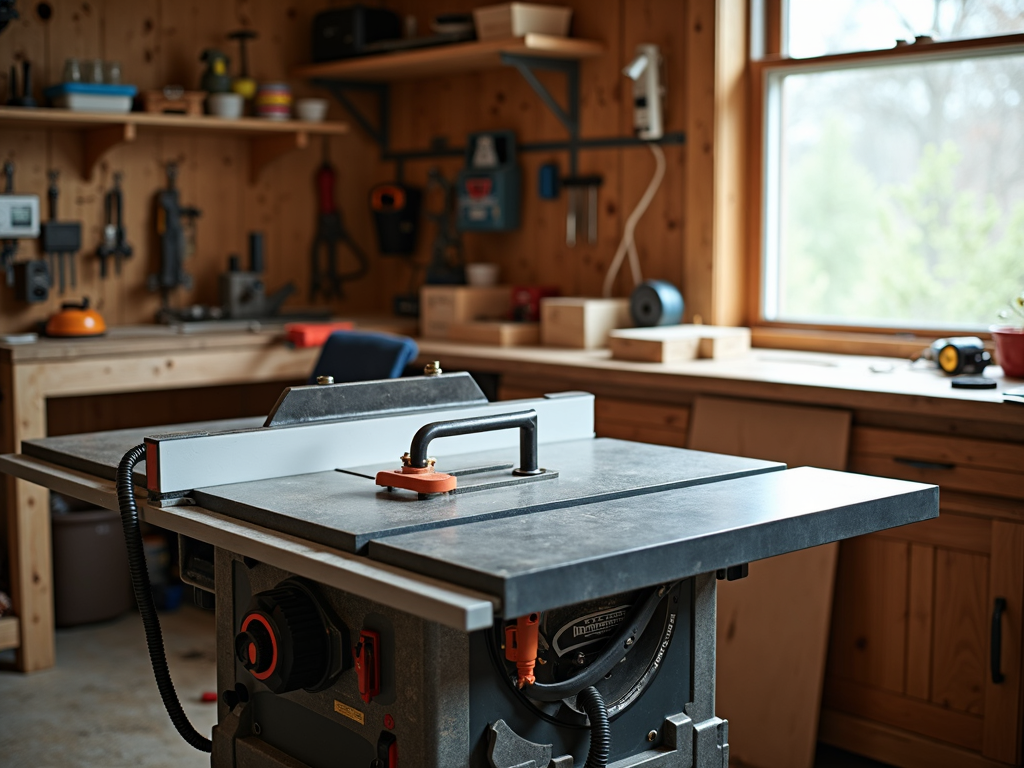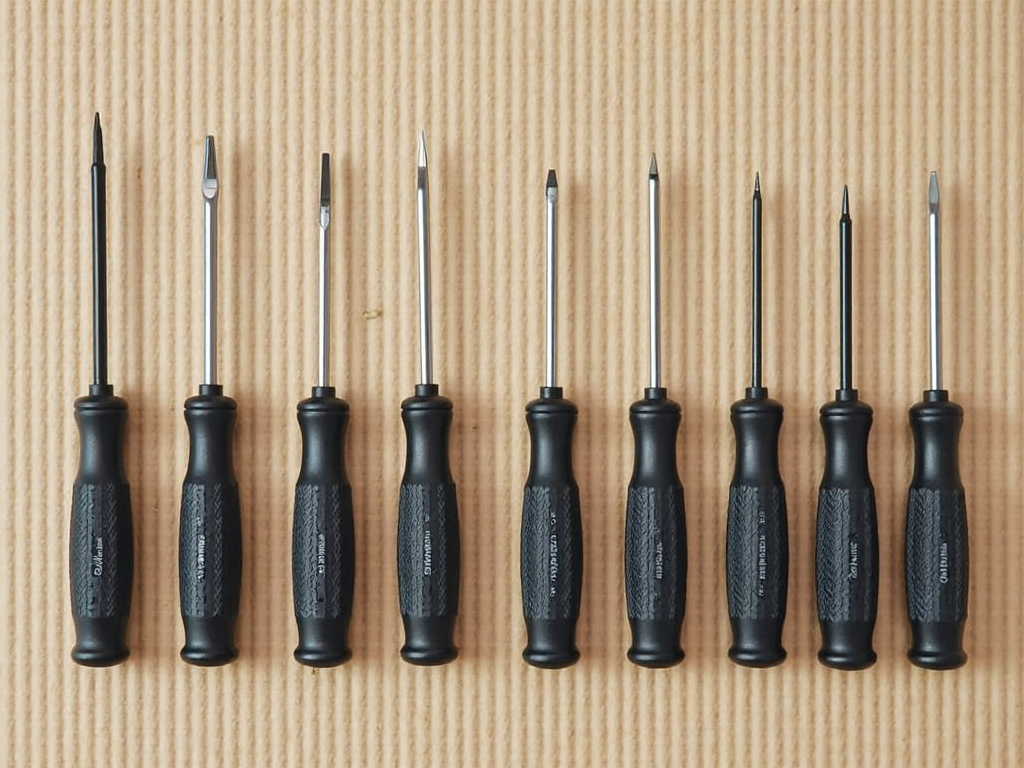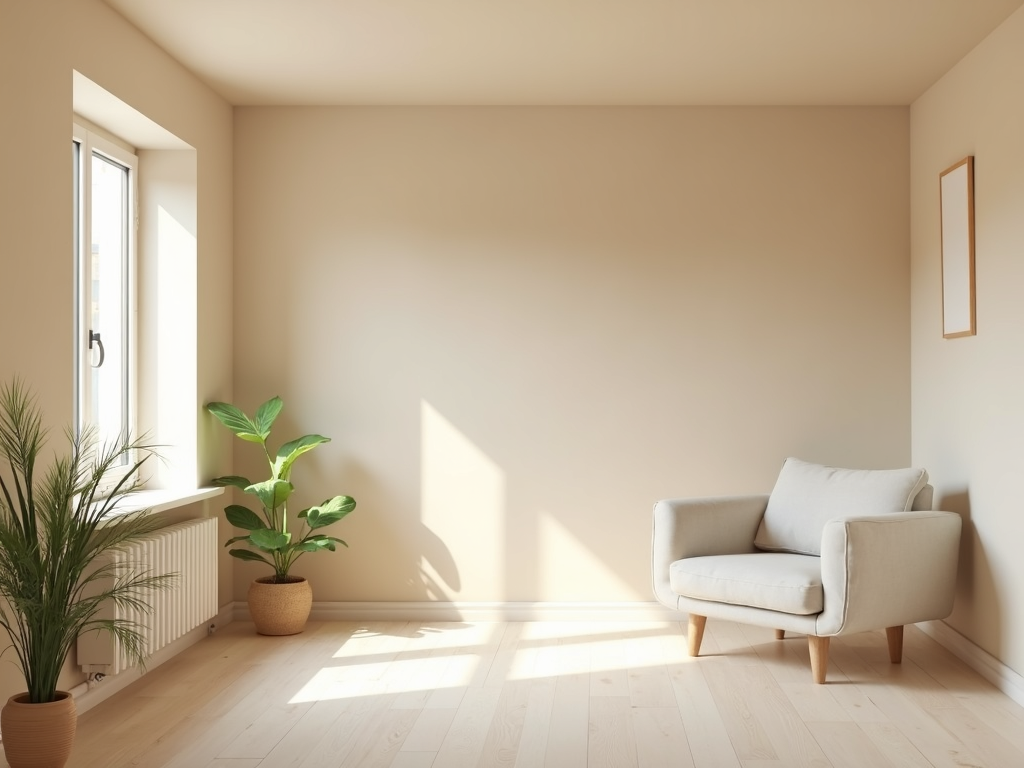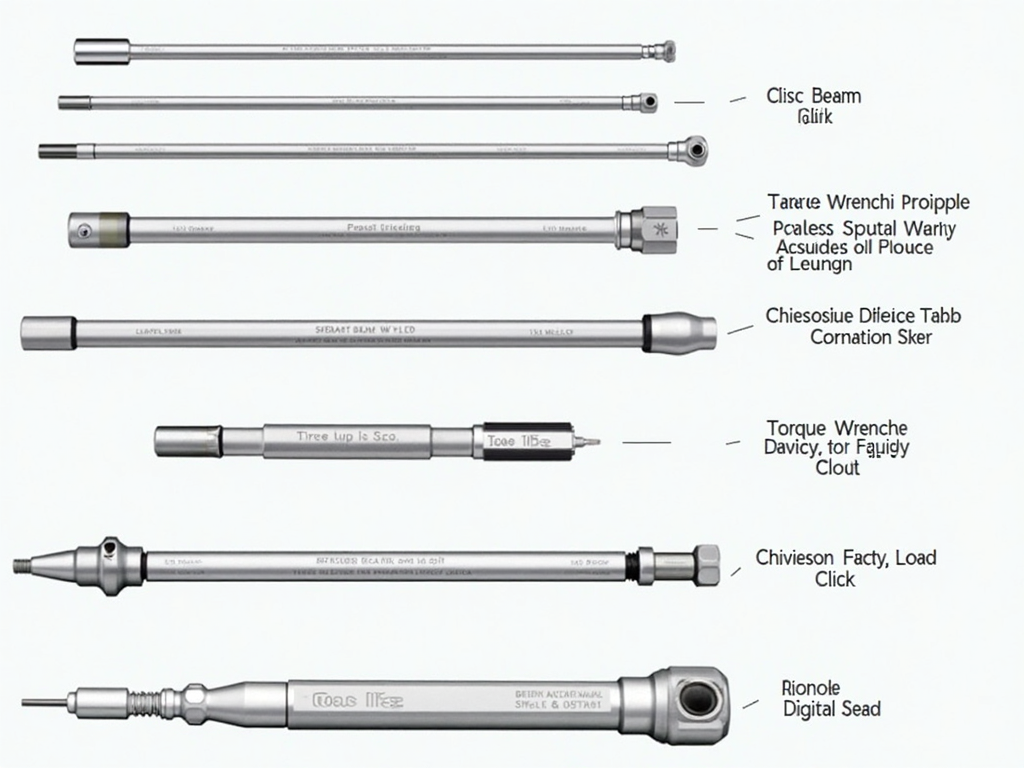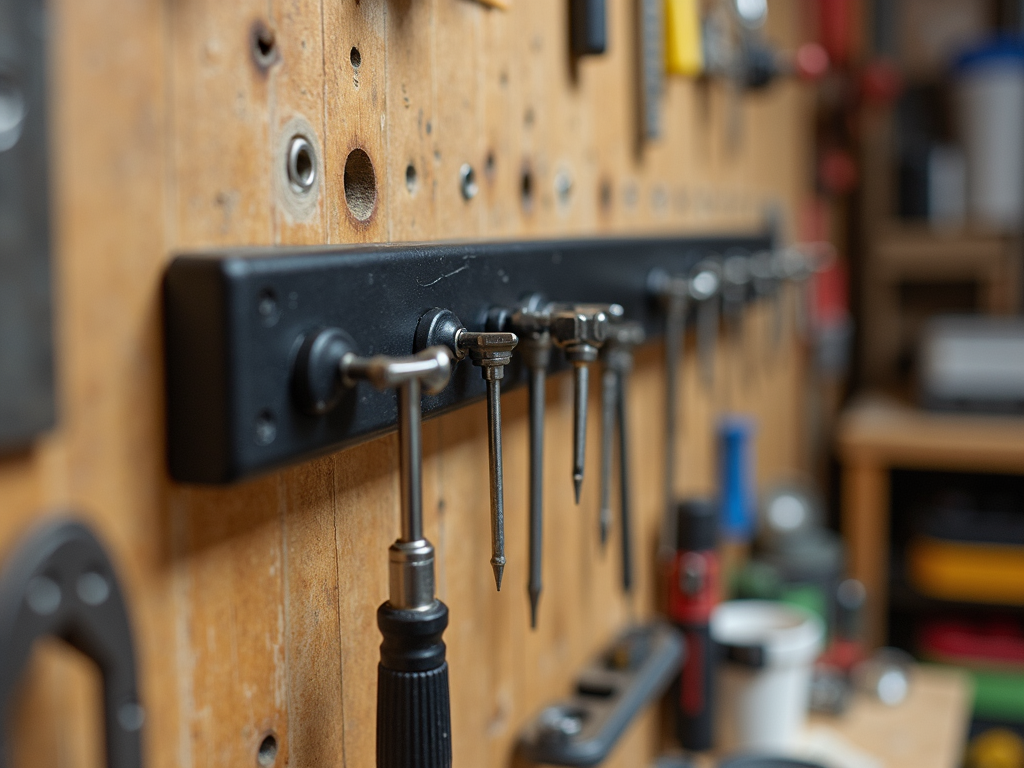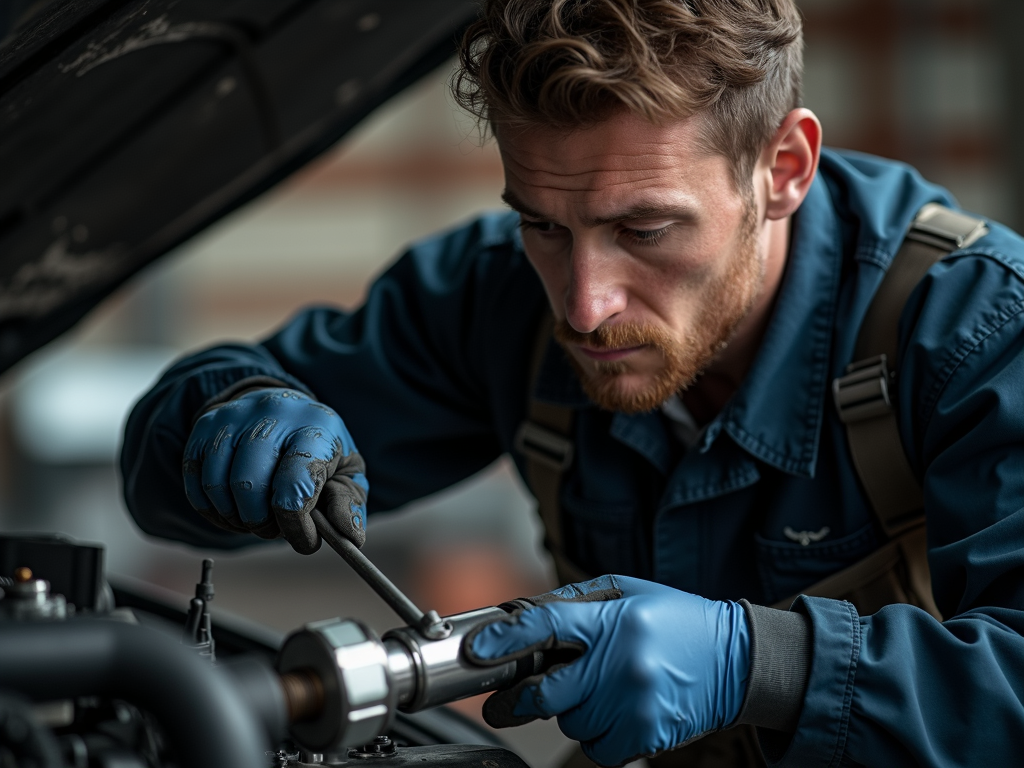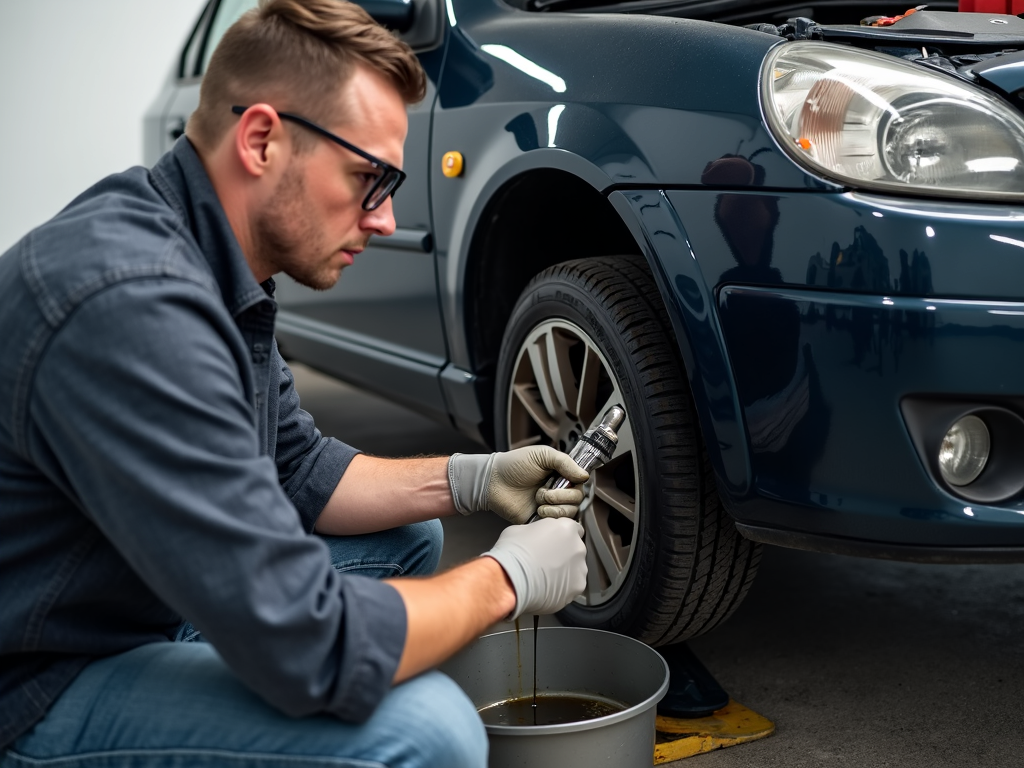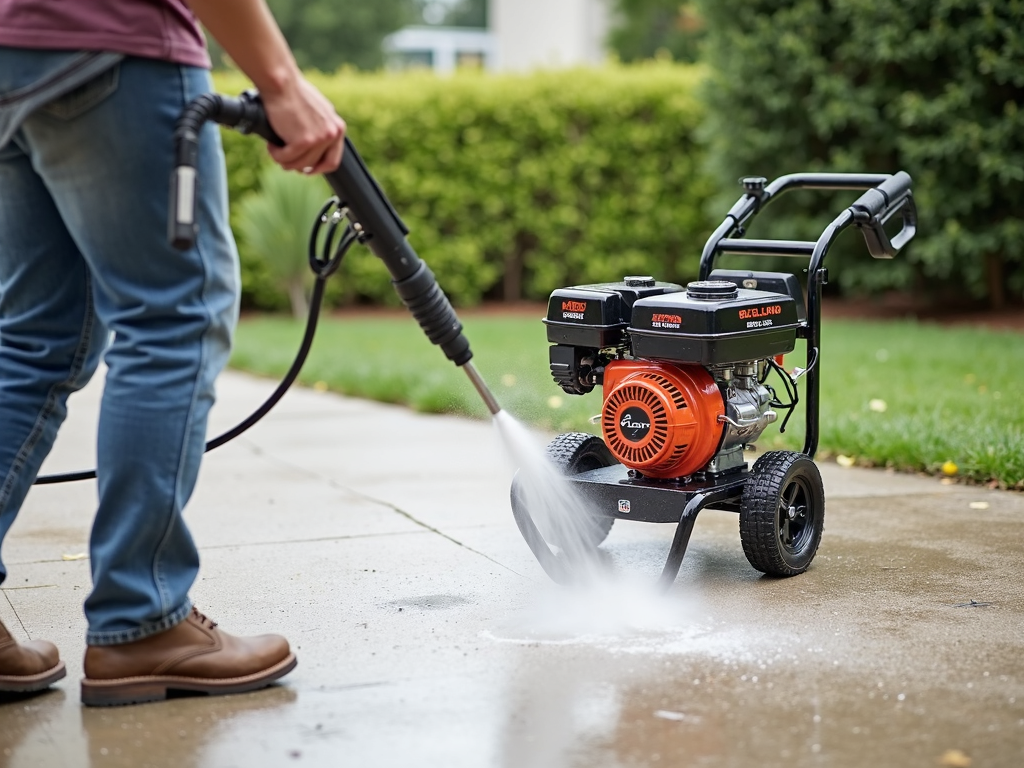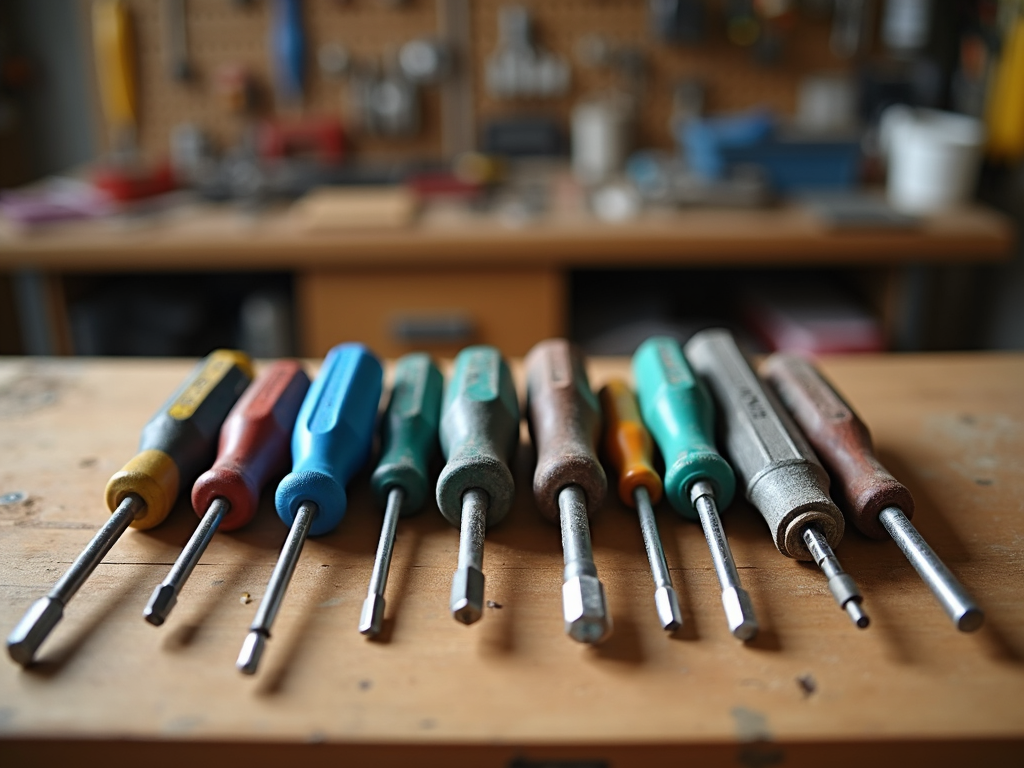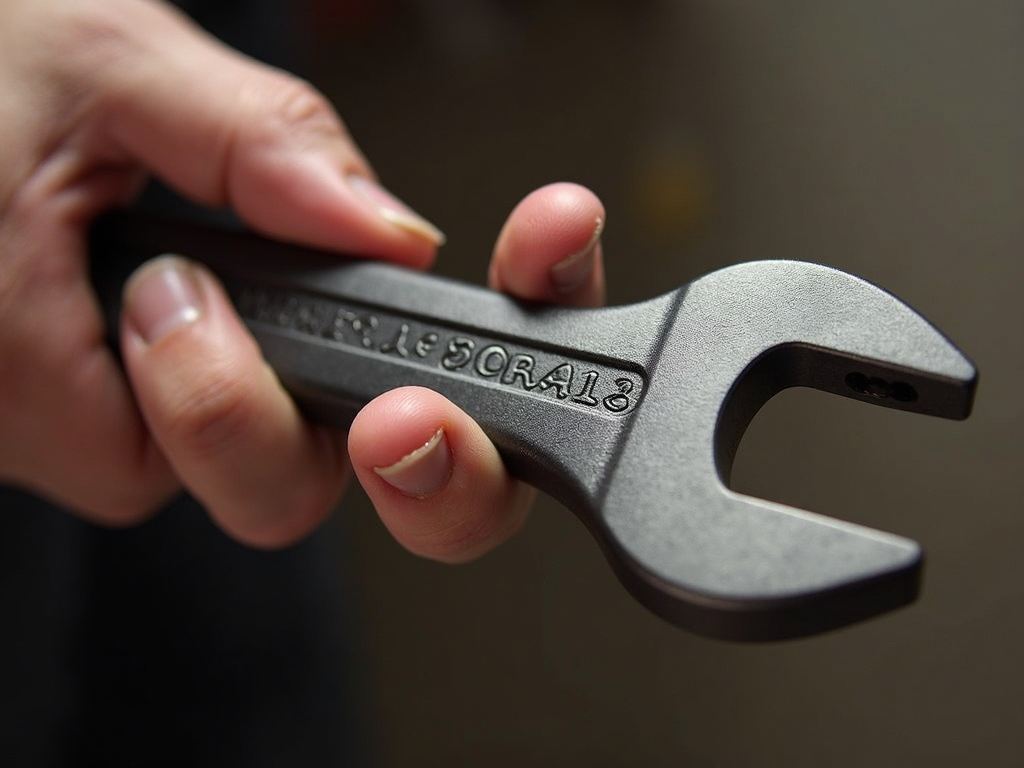Painting is an amazing way to unleash your creativity and bring your ideas to life. Whether you’re a beginner or a seasoned artist, having the right tools can make all the difference. In this article, we’ll dive into the must-have Painting Tools Every Artist Needs, share some advanced techniques, and reveal DIY hacks to boost your skills—all while keeping things simple and fun.
Essential Painting Tools
Let’s start with the basics. Every artist needs a solid set of tools to get going. Here’s what I consider the essentials, based on my own experience:
-
Brushes: Brushes are your best friends in painting. You’ll find them in all shapes—flat, round, filbert—and sizes. Flat brushes are perfect for big, bold strokes, while round ones nail the tiny details. I’ve stuck with synthetic brushes for years because they last long and clean up easily.
-
Paints: The type of paint you choose sets the tone for your work. Acrylics are my go-to because they dry fast and work on almost anything. Oils and watercolors are great too, but they take more practice. Pick what feels right for you!
-
Canvas: This is where your art happens. Stretched cotton canvases are my favorite—they’re ready to use and feel smooth under the brush. You can also try linen or boards if you’re experimenting.
-
Palette: A palette holds and mixes your paints. I use a glass one because it wipes clean with no fuss. Wood or plastic works too—just find something sturdy.
-
Easel: An easel keeps your canvas steady and at the right angle. I’ve learned the hard way that a wobbly easel ruins focus, so invest in a good one.
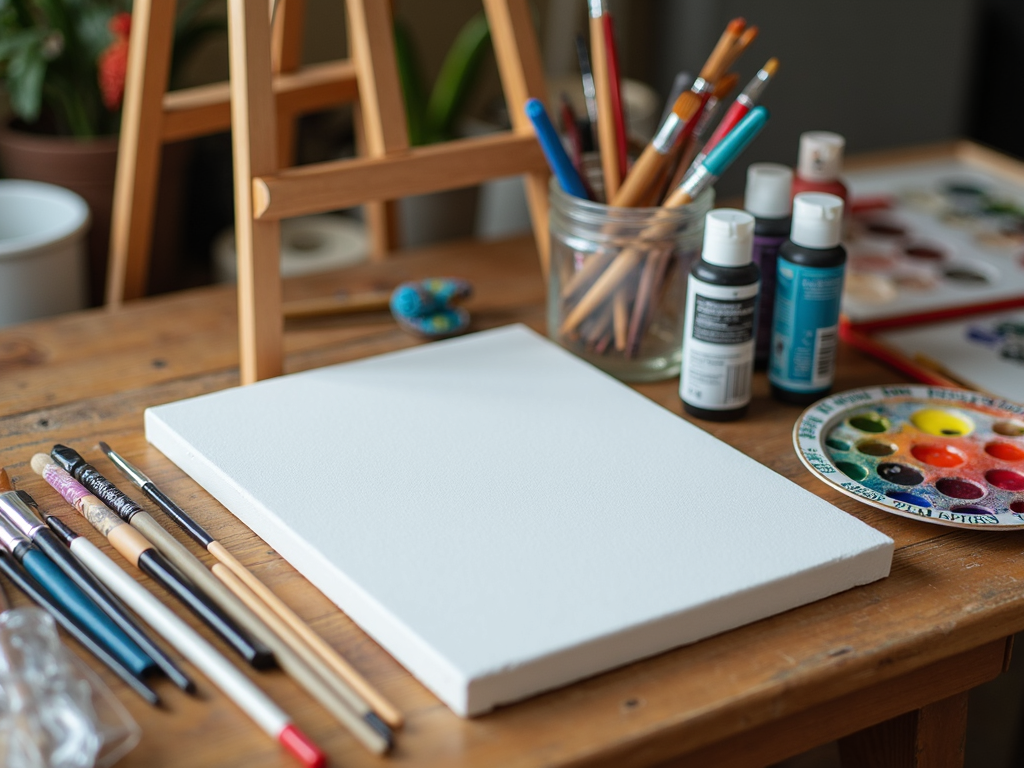
Advanced Brush Techniques for Artists
Once you’ve got your tools, it’s time to level up. Here are some Advanced Brush Techniques for Artists I’ve picked up over time:
-
Dry Brushing: Dip your brush in paint, wipe most of it off, and lightly drag it across the canvas. It creates a rough, textured look—perfect for landscapes or gritty details.
-
Glazing: Thin your paint with water or medium, then layer it over a dry coat. I love this for glowing effects, like soft shadows or skin tones. It takes patience but looks stunning.
-
Impasto: Load your brush with thick paint and smear it on. The result? Bold, 3D textures that pop off the canvas. I use this when I want my work to feel alive.
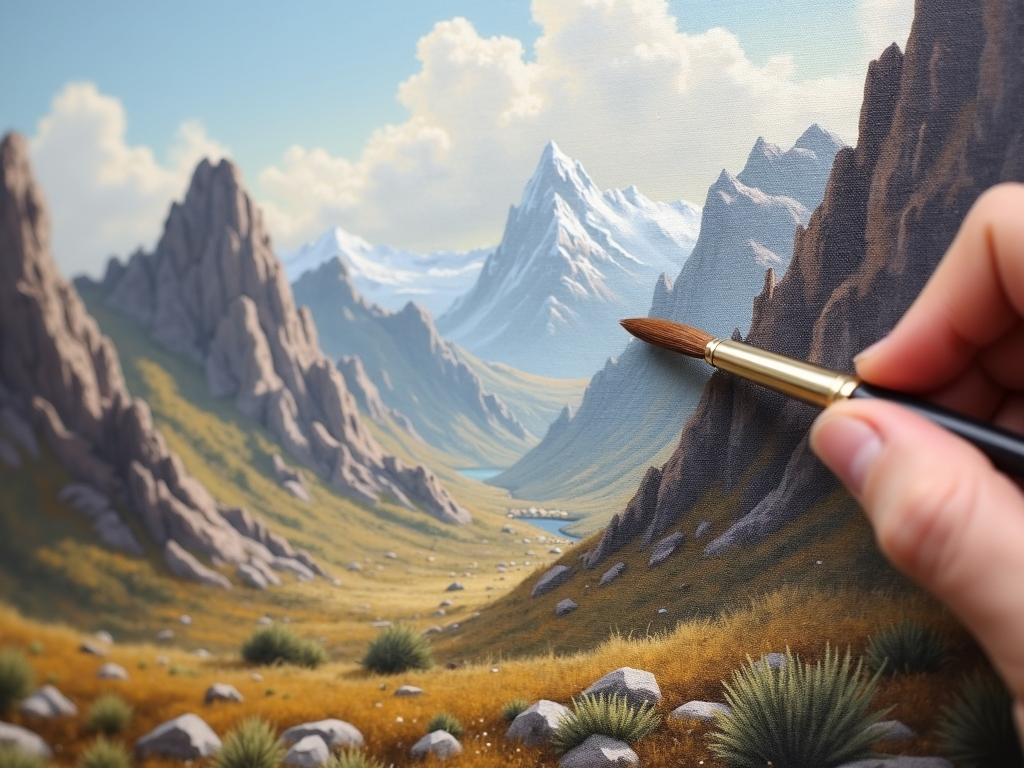
Master Your Brush: Top Painting Techniques to Try
Ready to take control of your brush? Here are my top picks from Master Your Brush: Top Painting Techniques to Try:
-
Scumbling: Lightly scrub a dry brush with paint over a base layer. It’s messy but adds depth—I use it for cloudy skies.
-
Sgraffito: Scratch into wet paint with the brush handle to reveal the layer underneath. It’s a fun way to add hidden details.
-
Stippling: Dab your brush to make tiny dots. It’s slow, but I’ve used it for realistic textures like tree leaves. These techniques have transformed my work—give them a shot!
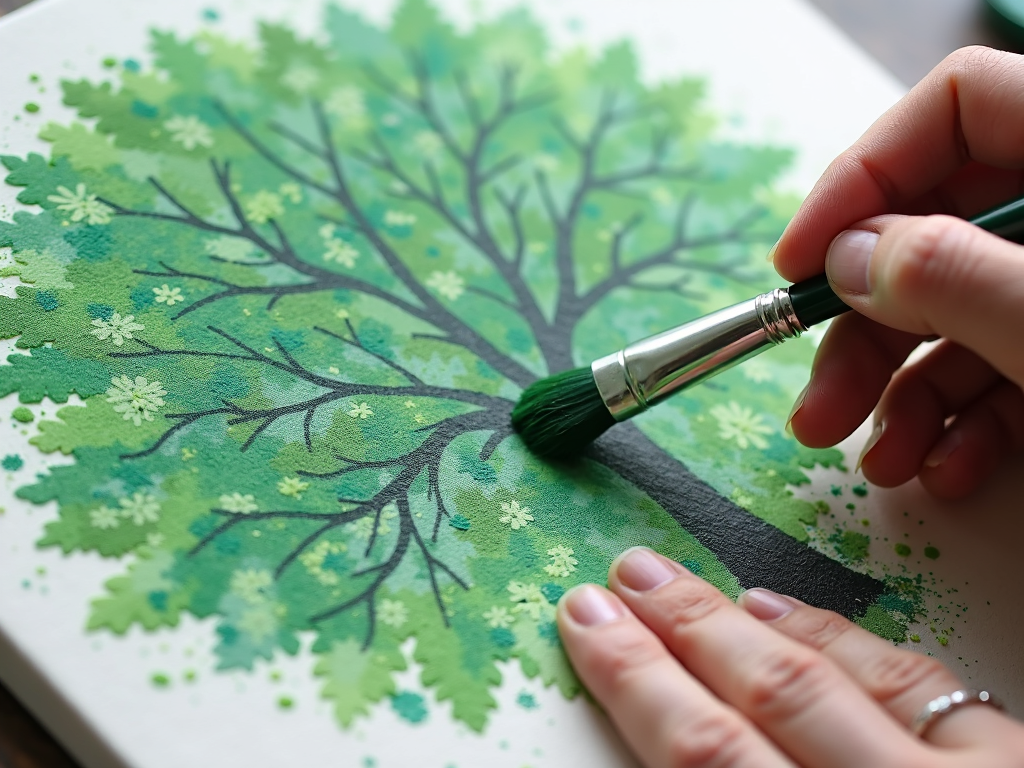
DIY Painting Hacks for Perfect Results
Painting doesn’t have to break the bank. These DIY Painting Hacks for Perfect Results have saved me time and money:
-
Homemade Palette: Skip the fancy store-bought ones. I use an old glass cutting board—it’s cheap, smooth, and cleans up fast.
-
Brush Cleaner: Mix dish soap and a splash of olive oil in a jar. Swirl your brushes in it, rinse, and they’re good as new. I’ve kept my brushes soft for years this way.
-
Tape Trick: Use painter’s tape to mask off crisp edges on your canvas. It’s a game-changer for clean lines without the stress.
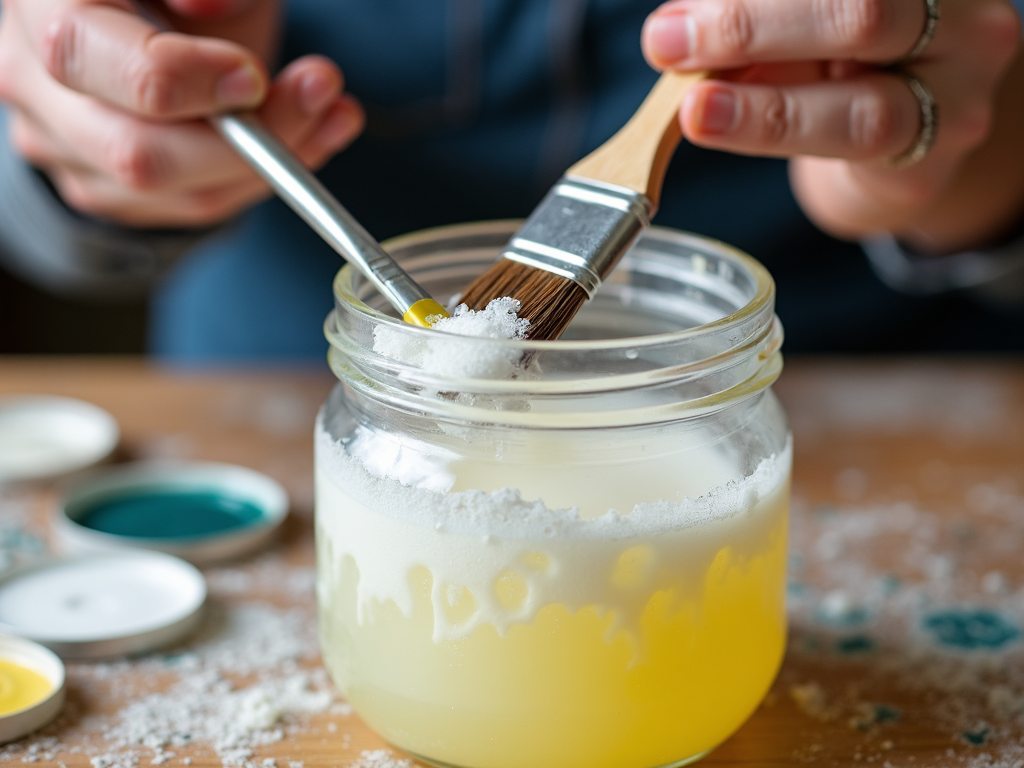
Innovative Painting Tools for Efficiency
Want to work smarter? These Innovative Painting Tools for Efficiency have made my painting smoother:
-
Paint Shaper: This rubber-tipped tool scrapes and shapes wet paint into cool patterns. I use it for fine lines and funky textures.
-
Palette Knife: Beyond mixing, it’s awesome for slapping on thick paint. I’ve created entire abstracts with just a knife—it’s bold and fast.
-
Spray Bottle: A little mist keeps acrylics workable longer. I spritz my palette when I need extra blending time. These tools cut down effort and boost creativity.
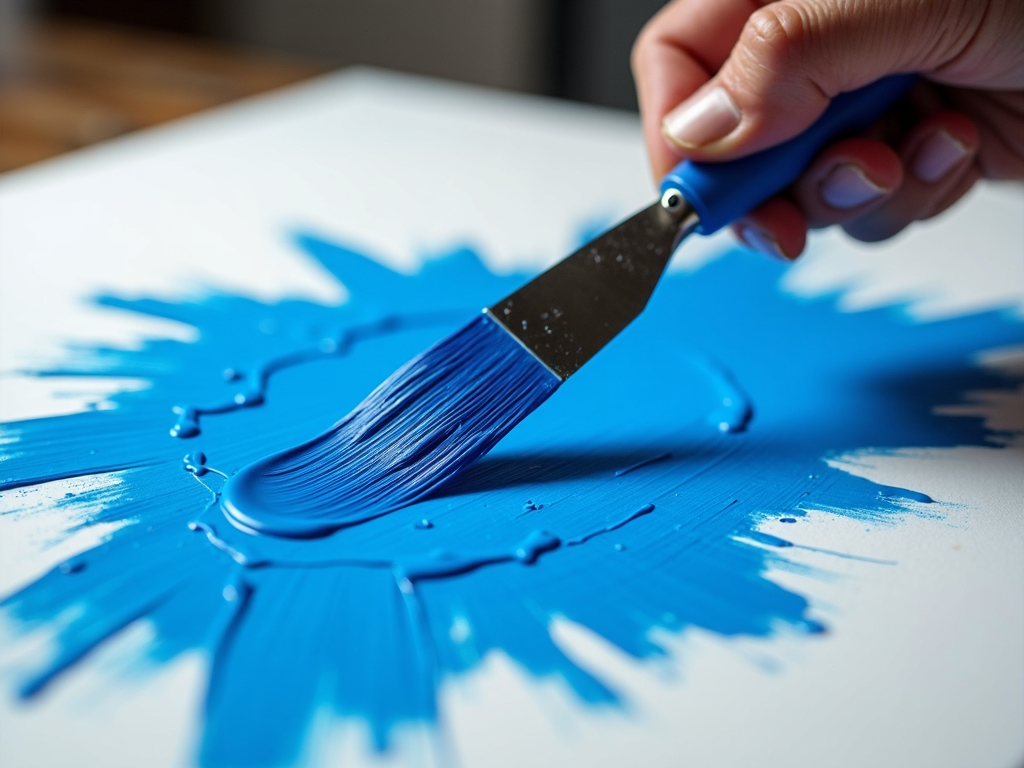
Choosing the Right Tools: A Quick Guide
Not sure where to start? Here’s a simple table to help you pick your essentials:
| Tool | Best For | My Tip |
|---|---|---|
| Brushes | Details, bold strokes | Go synthetic for durability |
| Paints | Versatility, quick drying | Start with acrylics |
| Canvas | Smooth painting surface | Pre-stretched saves time |
| Palette | Mixing colors | Glass is easy to clean |
| Easel | Comfortable setup | Sturdy beats cheap every time |
This guide reflects what’s worked for me—adjust it to fit your style!
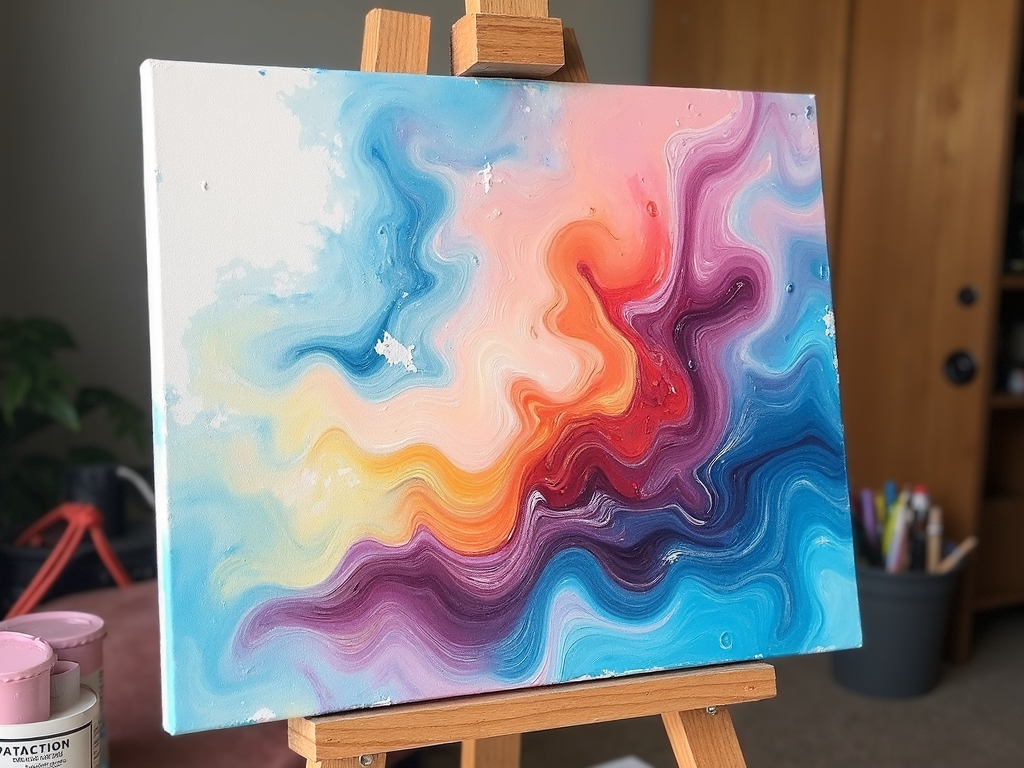
Final Thoughts
Great art starts with great tools. From brushes and paints to clever hacks and innovative gadgets, the right Painting Tools Every Artist Needs can unlock your potential. I’ve shared what’s worked for me—synthetic brushes, DIY cleaners, and techniques like impasto—and I hope you’ll try them too. Keep practicing, play with new ideas, and watch your skills grow!
Related Painting Tools Every Artist Needs:
- Top 10 Tools Every Workman Should Own: A Comprehensive Guide
- How to Pick the Perfect Table Saw: A Beginner's Guide
- Top 10 Essential Tools Every Workman Should Own: A Comprehensive Guide
- DIY Painting Hacks for Perfect Results
- Torque Wrench Basics: Why Every DIYer Needs One
- 10 Clever Workshop Storage Ideas: Organize Your Workshop Efficiently
- Essential Workman Tools for Automotive Repairs: A Comprehensive Guide
- How to Maintain Your Car's Engine for Longevity: A Comprehensive Guide
- Top 10 Rotary Tool Attachments for Every Project
- How to Maintain Your Power Washer for Longevity
- Screwdriver Safety Tips: A Comprehensive Guide for Safe Use
- Best Apps for Staying Focused: A Comprehensive Guide
